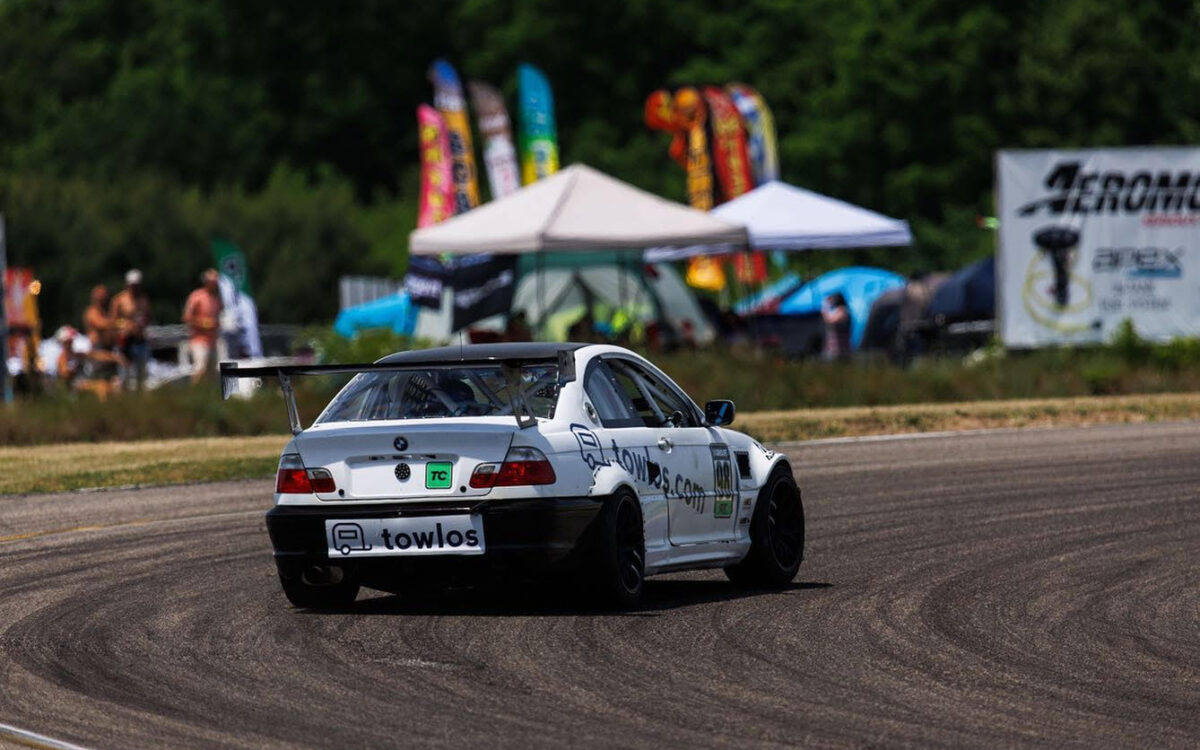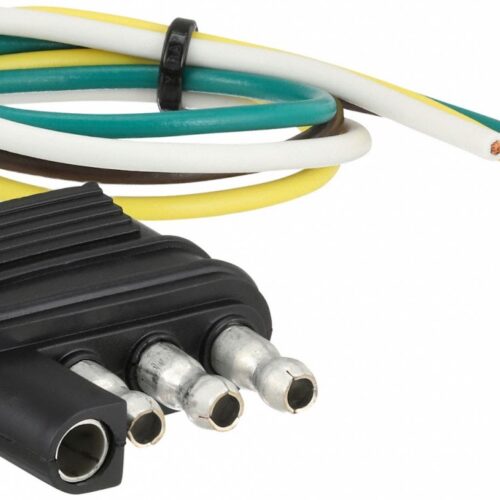The world of racing cars has captivated automotive enthusiasts for over a century, evolving from humble beginnings to become a high-octane, globally celebrated sport. This blog post will take you on a fascinating journey through the history of racing, exploring the milestones, innovations, and iconic moments that have shaped the industry.
The roots of racing trace back to the late 19th century when automobile manufacturers and enthusiasts sought to push the limits of speed. The first official car race took place in 1894, from Paris to Rouen, marking the inception of competitive automotive events.
The early 20th century witnessed the rise of organized motorsports. In 1906, the first Grand Prix race was held in Le Mans, France, establishing a format that would become synonymous with high-speed competition. Iconic events like the Indianapolis 500 (1911) and the Monaco Grand Prix (1929) soon followed, capturing the imagination of racing enthusiasts worldwide.
The 1920s and 1930s are often considered the Golden Age of racing. Sleek, aerodynamic designs began to dominate the tracks, and legendary drivers like Tazio Nuvolari and Sir Malcolm Campbell became household names. The rivalry between Alfa Romeo and Mercedes-Benz during this period added a layer of intensity and excitement to the sport.
After World War II, racing cars underwent a significant transformation. The 1950s saw the birth of Formula 1, with the inaugural season in 1950. Legends such as Juan Manuel Fangio and Stirling Moss emerged, contributing to the global appeal of motorsports. The incorporation of advanced engineering and aerodynamics marked a new era of innovation.
The 1960s brought a cultural shift to racing, with Formula 1 evolving into a glamorous and high-profile sport. The rivalry between Ferrari and Ford at the 24 Hours of Le Mans, as depicted in the film “Ford v Ferrari,” is a testament to the intense competition that defined this era. Innovations like the introduction of wings and advances in safety technology also took center stage.
The 1970s and 1980s witnessed the dominance of turbocharged engines in Formula 1, as teams sought to gain a competitive edge. Iconic cars like the McLaren MP4/4 and the Lotus 79 showcased the potential of aerodynamics, setting new standards for speed and performance. However, safety concerns came to the forefront following tragic incidents, leading to significant improvements in safety regulations.
The late 20th century and early 21st century saw a surge in technological advancements in racing cars. The integration of computer-aided design, hybrid powertrains, and aerodynamic simulations revolutionized the industry. The rise of electric racing series, such as Formula E, signaled a shift towards sustainability and eco-friendly innovation.
As we fast forward to the present day, racing cars continue to capture the hearts of millions of fans worldwide. From the roaring engines of the past to the electric hum of the future, the history of racing cars is a tale of relentless pursuit, innovation, and the unyielding passion for speed. Whether on iconic circuits like Monza or cutting-edge electric tracks, the history of racing remains a thrilling journey that shows no signs of slowing down.




